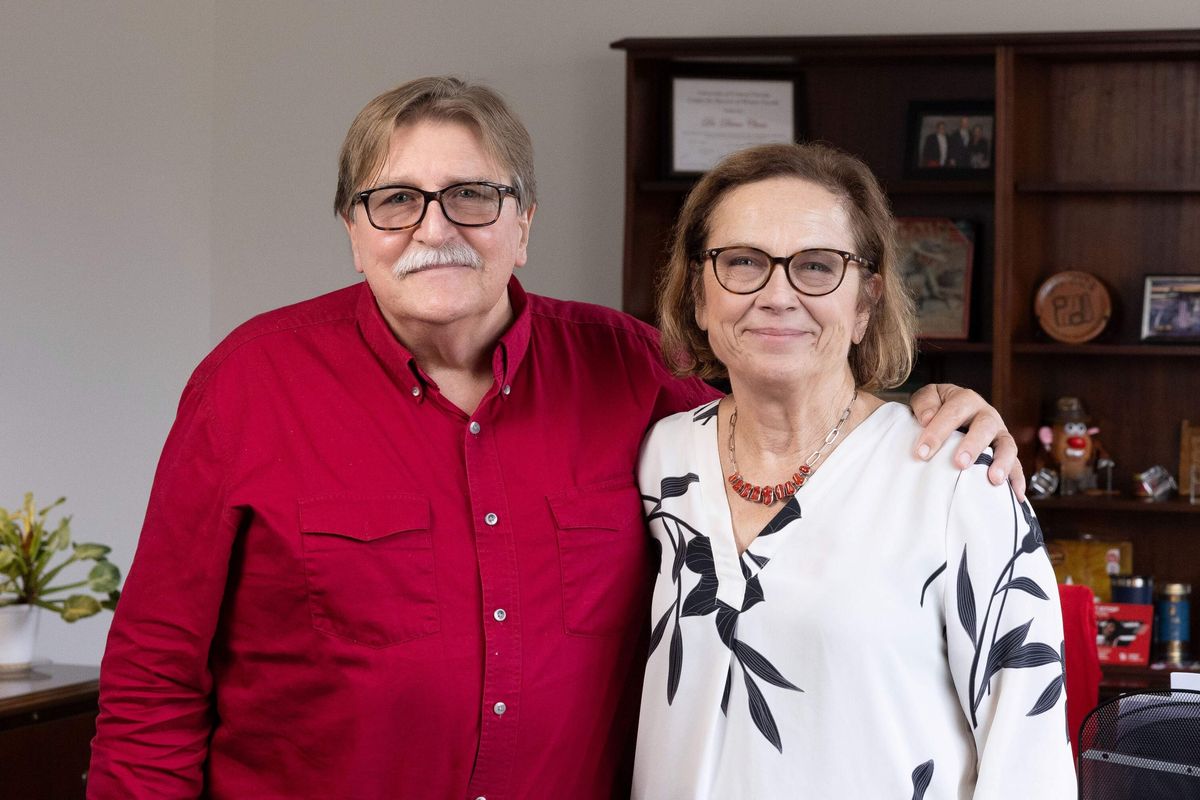University of Houston archaeologists make history with Mayan tomb discovery
History in the Making
Two University of Houston archaeologists have made scientific history with the discovery of a Mayan king's tomb in Belize.
The UH team led by husband and wife scientists Arlen F. Chase and Diane Z. Chase made the discovery at Caracol, the largest Mayan archeological site in Belize, which is situated about 25 miles south of Xunantunich and the town of San Ignacio. Together with Belize's Institute of Archeology, as well as support from the Geraldine and Emory Ford Foundation and the KHR Family Fund, they uncovered the tomb of Caracol's founder, King Te K’ab Chaak. Their work used airborne light detection and ranging technology to uncover previously hidden roadways and structures that have been reclaimed by the jungle.
The tomb was found at the base of a royal family shrine. The king, who ascended the throne in 331 AD, lived to an advanced enough age that he no longer had teeth. His tomb held a collection of 11 pottery vessels, carved bone tubes, jadeite jewelry, a mosaic jadeite mask, Pacific spondylus shells, and various other perishable items. Pottery vessels found in the chamber depict a Maya ruler wielding a spear as he receives offerings from supplicants represented as deities; the figure of Ek Chuah, the Maya god of traders, surrounded by offerings; and bound captives, a motif also seen in two related burials. Additionally, two vessels had lids adorned with modeled handles shaped like coatimundi (pisote) heads. The coatimundi, known as tz’uutz’ in Maya, was later adopted by subsequent rulers of Caracol as part of their names.

During the Classical Period, Caracol was one of the main hubs of the Mayan Lowlands and covered an area bigger than that of present-day Belize City. Populations survived in the area for at least 1,000 years before the city was abandoned sometime around 900 AD. The royal dynasty established by Te K’ab Chaak continued at Caracol for over 460 years.
The find is also significant because this was roughly when the Mexican city of Teotihuacan made contact with Caracol, leading to a long relationship of trade and cultural exchange. Cremation sites found in Caracol contain items that would have come from Teotihuacan, showing the relationship between the two distant cities.
"Both central Mexico and the Maya area were clearly aware of each other’s ritual practices, as reflected in the Caracol cremation," said Arlen F. Chase, professor and chair of Comparative Cultural Studies at the University of Houston.
“The connections between the two regions were undertaken by the highest levels of society, suggesting that initial kings at various Maya cities — such as Te K’ab Chaak at Caracol — were engaged in formal diplomatic relationships with Teotihuacan.”
The Chases will present their findings at a conference on Maya–Teotihuacan interaction hosted by the Maya Working Group at the Santa Fe Institute in New Mexico in August 2025.

---
This story originally appeared on CultureMap.com.
